The only two ‘castles’ in the southern hemisphere are both in Dunedin.
It is not too surprising to discover New Zealand’s oldest city, Dunedin, has some of the finest buildings in the southern hemisphere. Prior to the Otago Gold Rushes of the 1860s, Dunedin was a rundown little settlement struggling to progress, but as revenue from the gold poured into the town, dramatic changes took place. The gold rush money helped fund the construction of impressive public buildings so as a result, the southern city has some of the finest Victorian buildings outside Britain.
During this boom time, two local businessmen competed to have the finest home in the country. William Larnach and Edward Cargill spared no expense when building their stately homes. Today, one is a major tourist attraction while the other is an attractive ruin.
LARNACH CASTLE
Located on a spectacular setting on Otago Peninsula, Larnach Castle is one of New Zealand’s most recognized buildings. It’s also Dunedin’s top tourist attraction with well over 100,000 paying visitors a year.
Building Larnach’s ambitious new home commenced in 1871. It took 200 men 3 years to build the actual structure and a further 12 years for master craftsmen to furnish the interior. Unfortunately, William’s beloved wife Eliza Jane, died before it was completed. His second wife died in 1887, just a few months after Larnach had a ballroom added to his castle as a 21st present for his favourite daughter, Kate.
Misfortune continued for the businessman when, in 1891, William lost Kate to pneumonia and four years later, the Colonial Bank, which he was heavily involved in, was liquidated. On 12 October 1898, William Larnach committed suicide in the Committee Room in Parliament buildings, Wellington. His sad life’s story has all the drama for a Hollywood movie.
After William’s death, the castle became a retreat for nuns, then for the mentally handicapped. It fell into disrepair and was close to being demolished until the Barker family took over in 1967. They put passion and care into its restoration. It’s them we have to thank for this major South Island tourist attraction being a place of wonder and beauty for the ever increasing number of visitors who flock to see how the wealthy lived in a time long gone.
THE CASTLE TODAY
The fully restored Larnach Castle boasts the finest marble from Italy, glass from France, tiles from England and slate from Wales. The multi storied interior features 32 different woods, both exotic and native. The only hanging Georgian staircase in the Southern Hemisphere has been re- installed. The one tonne marble bath is in its original place. The ceilings feature fabulous carvings. One carving took 3 men 6 years to complete. There’s also a Venetian glass wall.
This unique place, sitting 1000 feet above sea level, is located on possibly the best vantage point on the Otago Peninsula. From the castle’s tower, you can see back towards Dunedin, as well as up Otago Harbour to the heads. The view across Harbour Cone over the eastern inlets to the Pacific Ocean is one of the most spectacular land and sea views in the whole of New Zealand.
HAUNTED
Having such a sad history, it’s not surprising Larnach Castle is home to a number of ghosts. In fact, I’ve personally experienced supernatural events there.
While working on a television documentary on the castle, I witnessed the large, heavy wooden doors to the ballroom mysteriously close by themselves. There was nobody near them and no draft was able to move such heavy objects. it had to be the ghost of Katie who is said to be the most active ghost at the castle. A staff member told me an invisible hand pushed her in the back forcing her to trip on the large concrete steps leading to the building’s front door. She also spoke of files falling from high shelves in the castle’s office.
Various international film crews have visited the castle in the hope of capturing paranormal activity. I can say, I always felt I was being watched by invisible eyes whenever I visited the isolated building. I guess this atmosphere is what the tourists are attracted to when they visit Larnach Castle.
The New Zealand Herald ran this article on the castle in 2008: “When the crew of TV2 series Ghost Hunt filmed at Larnach Castle in 2005, the ghostbusters captured what looked like a spectre on camera. And when fellow Kiwi show Spookers holed up in the “haunted stables” one night in June, they got so scared they moved sleeping quarters in the small hours. You could put these eerie experiences down to a bunch of overexcited TV personalities and a trick of the light, but there’s a few other encounters to explain. There’s been close to 30 reported sightings of cranky spirits, not to mention touches, pushing and other odd occurrences at the castle. Tasty bait for US show Ghost Hunters International, whose paranormal investigators filmed there in March as part of an attempt to debunk claims of supernatural activity in the world’s most notorious haunted spots. The camera zoomed in on what sure looked like a ghost in the ballroom.”
Possibly the best known paranormal event at the castle took place in 1994 when a play on the Larnach family was presented in the grand ballroom. As the play called ‘Castle of Lies’ was about to start, a strong gale inexplicably started blowing. Smoke from fireplaces blew down the chimneys and filled the room with fine white soot. Then heavy rain and hail crashed loudly against the iron roof. Curtains billowed from the windows and just at the point in the play where Larnach was about to kill himself, a flash of lightning shot through the room. The stage manager was adamant at the end of the production that it wasn’t a stage effect.
 Luxuriously Appointed Interior of Larnach Castle
Luxuriously Appointed Interior of Larnach Castle
This documentary comprehensively covers the famous ghostly happenings at Larnach Castle:
https://www.youtube.com/watch?v=Zy2VKTh82mc
FAMOUS GARDEN
The gardens surrounding Larnach Castle with the unique landscaping, variety of native and exotic plants from all over the southern hemisphere and general views, is classed as ‘internationally significant’ and is another important feature of the restored castle.
 View from Larnach Castle Gardens
View from Larnach Castle Gardens
CARGILLS CASTLE
On the other side of town, Edward Cargill, attempted to outdo William’s grand home on the Otago Peninsula but after a chequered history, the grand home was abandoned to the elements.
The Cargill family’s once magnificent mansion is perched on a cliff top 300 feet above the boiling waters of the Pacific Ocean, overlooking the city. Like William Larnach, Edward Cargill, son of one of Dunedin’s founding fathers, was a highly successful businessman. He hired the country’s top architect, Francis Petre, to create a dwelling second to none in the colony. Petre used concrete, a new building material in the 1870s, to build “The Cliffs’ as the Cargill family called their stately home. It quickly became better known as Cargill’s Castle because of the castle like appearance of the Italianate design.
Construction began in 1876 and cost Edward 14,000 pounds, quite a fortune at the time. Like William Larnach, he then spent considerably more on the finest furniture and fittings. The staircase was a wooden work of art with its finely carved railings and balustrades. A semi circular driveway, designed to impress all visitors, was surrounded by beautifully landscaped gardens. This was truly one of the finest buildings in the whole colony of New Zealand.
The location, offered spectacular views over Dunedin, down the Otago Harbour, and south all the way to distant Nugget Point, but this came at a price. The savage winds from the South Pole make landfall here, so it must have been a challenge to keep the building warm, especially when Edward demanded all 21 rooms face away from the sun!. The castle was partially protected from the ferocious southerly gales by beautiful macrocarpa trees. Some remain today, twisted and bent. A mute testimony to the torture they have suffered over the long years.
OVERCOMING DISASTER
After a fire completely gutted the building in 1892, Edward had it rebuilt, but he didn’t replace the expensive fittings or the beautiful staircase that had been such a feature of the place. With the rebuild, he did however add a ballroom. (prior to this, guests used the spacious hallway for dancing).
When Edward Cargill died in 1903, his family sold the property. A succession of owners tried an assortment of ideas to pay the bills. The castle became a cabaret and was a popular venue with American serviceman during the Second World War. It was during this time, a second fire badly damaged the building. A bigger disaster struck when a young American sailor fell to his death off the cliff onto the black rocks below.
For three years, the now tired building became a religious temple. There was a failed attempt to turn it into a hotel. Another buyer had the odd idea of using it for an opera house. The succession of owners took its toll. Cargill’s Castle started to decay.
In 1974, all the windows around the castle were removed. This allowed the wind and rain to eat into the heart of the building and it sadly deteriorated into the ruin we see today.
SPECIAL ATMOSPHERE
I filmed a TV melodrama at the castle while it was still occupied. The owner lived in the dank basement while the rooms above were falling into serious disrepair. Like the ruined castles I’ve visited in Europe, Cargill’s Castle has its own special, unique atmosphere.
Standing beside the ruins today the vastness of the Pacific horizon is breathtaking. The wind creates a melancholy symphony as it plays through the gaping spaces in the walls that once housed the magnificent windows. The weather stained concrete on the tower is cracked and crumbling.
The grand staircase has gone.
The roof has gone.
The clouds gather overhead.
The wind freshens.
The birds take to flight.
Another storm is brewing.
The macrocarpas moan as they push against each other.
The ruins look hauntingly magnificent.
This is a place of romantic melancholy. It whispers memories of triumphs and tragedies. There is a magic in the sadness here. The atmospheric ruin of Cargill’s Castle weaves its own special power, a power as unique as the ruin itself.
Two castles. Two completely different destinies. Although Larnach Castle is a major tourist attraction, the lonely ruin of Cargill’s Castle is to me, the true destiny of a once magnificent building that has endured a dramatic life befitting any castle.
https://www.youtube.com/watch?v=jYQLxZJJ5sw
Please leave a comment and check out my other blogs.
Ceidrik Heward
Ceidrik Heward is an Amazon TOP SELLING AUTHOR and has lived and worked in 7 countries working as a TV cameraman, director and film tutor. For the past 17 years he has focused on writing and has been published in magazines and newspapers in Europe, USA, Asia and the Middle East.
His interests include photography, psychology and metaphysics. He loves to read and always has at least 3 books on the go. He has written 22 manuals/books and has just completed his 4th short novel. Ceidrik believes sharing information and stories is the best way to stimulate the imagination and enrich our lives.
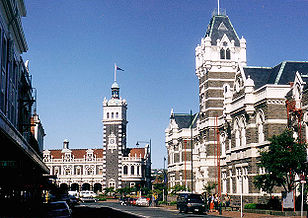


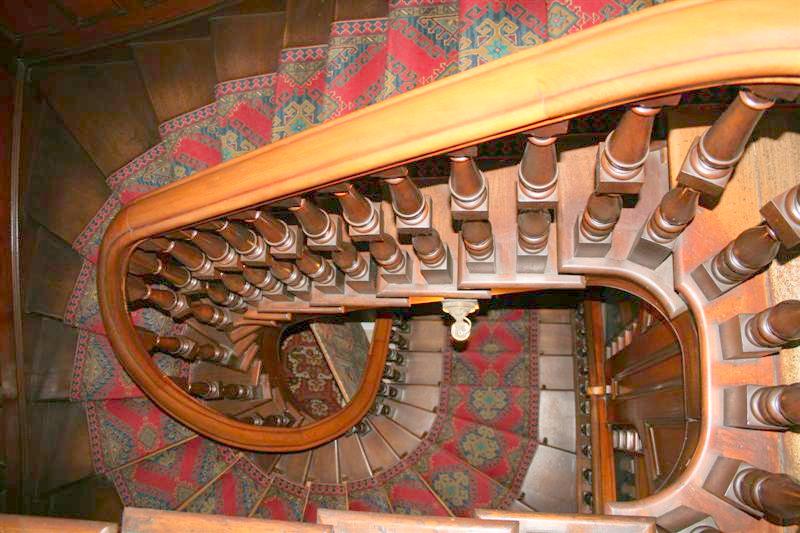
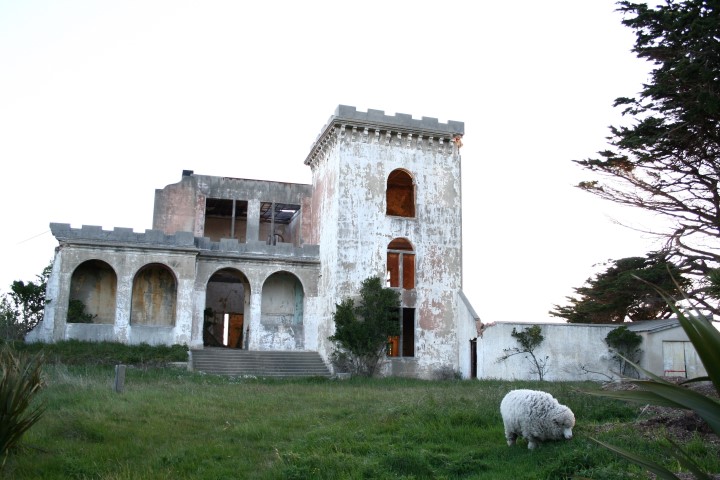
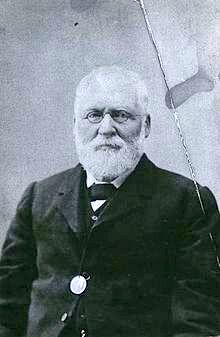
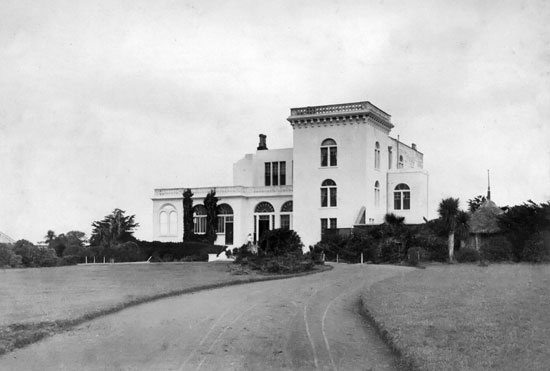
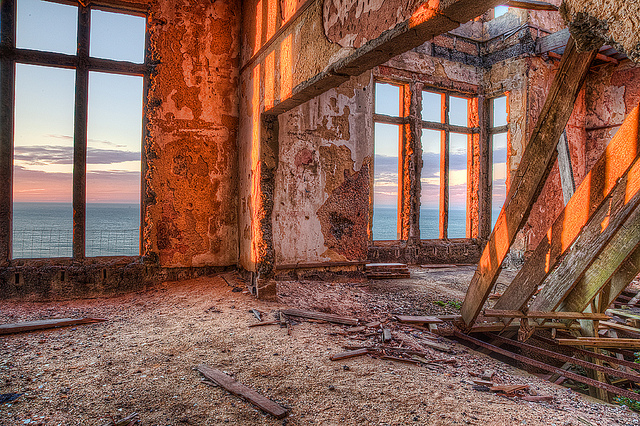



















 Visit Today : 339
Visit Today : 339 Total Visit : 1133516
Total Visit : 1133516
What a wonderful blog, I found it extremely interesting indeed. It was very well written
Nicely written, Ceidrik. And I love the shot of those red clouds above Cargill’s did you take that? Geo